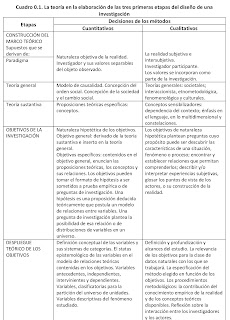Guattari, Félix (1989): Architectural Enunciation
Guattari, Félix (1989): Architectural Enunciation[1]
The architectural object flies to pieces. It is useless to cling to what it has been or should be. Situated at the intersection of political stakes of the utmost importance, of demographic and ethnic tensions, of economic, social and regional antagonisms that are by no means nearing resolution, spurred on by constant technological and industrial mutations, the architectural object is irreversibly condemned to being tugged and torn in all directions. Nothing infers, however, that we should take an eclectic course of action in such a state of affairs, which on the contrary demands an exacerbation of the ethico-political choices that have always underlain the practice of this profession. From now on it will be impossible to take refuge behind art for art’s sake or pure science with a clear conscience. To reinvent architecture can no longer be taken to mean the revival of a style, a school, or a theory with hegemonic tendencies, but rather to recompose the architectural enunciation, and in a sense, the métier of the architect under today’s conditions.
When architects stop trying simply to be plasticians of built form and begin to offer their services as revealers of the virtual desires of space, place, journeys and territory, then they will have to analyse the relations between individual and collective corporeities by constantly singularising their approach. And furthermore they will have to become intercessors between those desires revealed to themselves and those interests they oppose; in other words, they will have to be artists and craftsmen of perceptual and relational lived-experience [vécu] (...) I believe they are in the position of having to analyse for themselves certain specific functions of subjectivation.5 For this reason they will be able to constitute, along with many other social and cultural operators, an essential relay within the multi-headed assemblages of enunciation that can deal with the contemporary productions of subjectivity, both pragmatically and analytically. Consequently, this is far from placing the architect in the role of simply being a critical observer.
The emphasis having thus shifted from object to project, an architectural work, whatever the characteristics of its semiotic expression and its semantic content may be, will now require a specific elaboration of its enunciative “material”: how should one practice architecture today? What part of themselves do architects need to mobilize? What kind of commitment should they be making and which operators should they use? (...)
[1] L’énonciation architecturale” from
Félix Guattari’s Cartographies schizoanalytiques (1989: 291-301).

Comentarios
Publicar un comentario